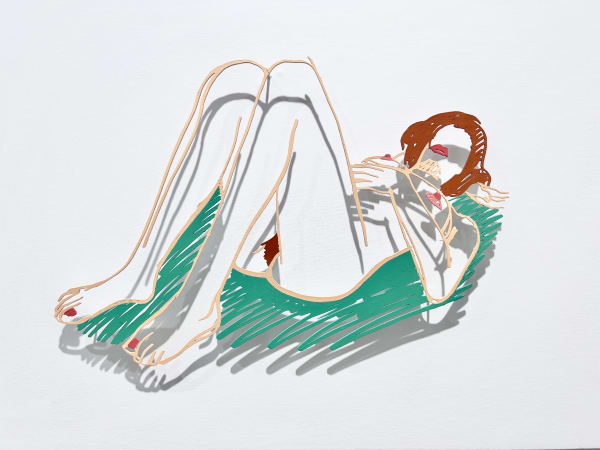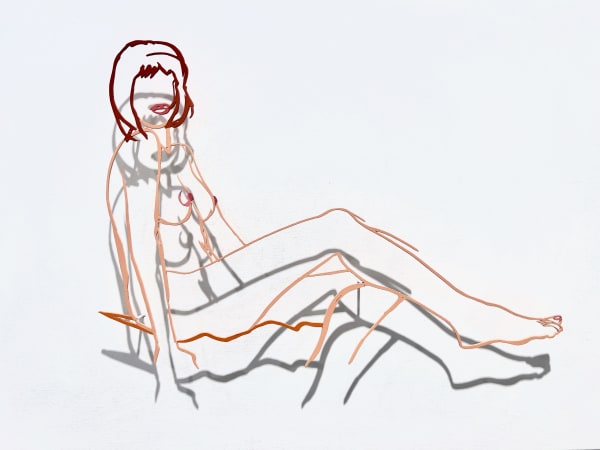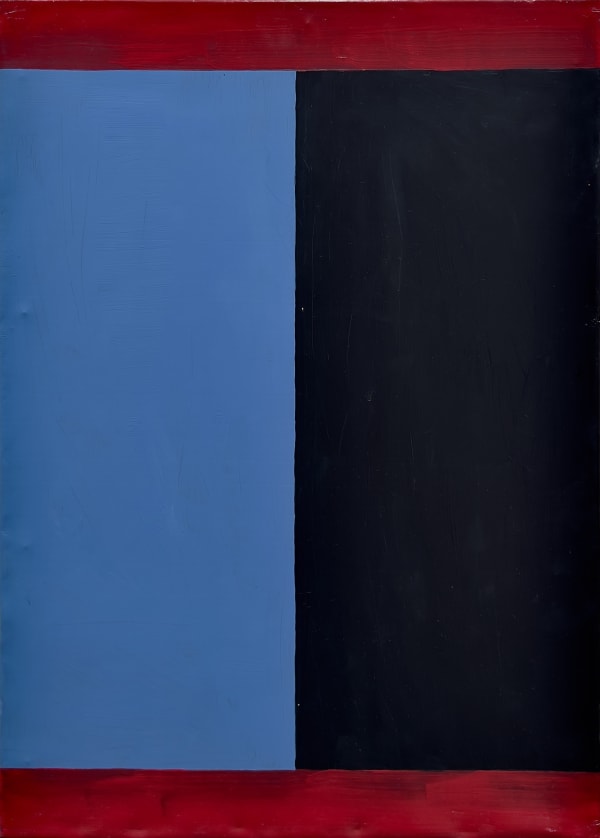Tom Wesselmann Amarican, 1931-2004
Overview
Tom Wesselmann (1931-2004) was an American artistic pioneer, whose bold and provocative creations challenged conventional norms, leaving an indelible mark on the Pop Art movement and the broader art world. Celebrated for his audacious exploration of consumer culture, sensuality, and the female nude, Wesselmann fearlessly blurred the lines between high art and popular imagery. With an unwavering commitment to pushing artistic boundaries and redefining contemporary aesthetics, his work continues to captivate audiences, igniting conversations about beauty, desire, and the complexities of modern society.
Works
Biography
Tom Wesselmann (1931-2004) was an American artist and a prominent figure in the Pop Art movement that emerged in the United States during the late 1950s and early 1960s. As an artist, Wesselmann is best known for his innovative and provocative works that blurred the boundaries between fine art and popular culture. With a keen eye for contemporary consumerism and a unique approach to representation, he left a lasting impact on the art world, contributing significantly to the development of Pop Art as a significant art movement.
Born in Cincinnati, Ohio, Wesselmann initially pursued a degree in psychology at Hiram College before transferring to the University of Cincinnati's School of Commerce. However, his passion for art eventually led him to enroll at the Art Academy of Cincinnati in 1951. It was here that Wesselmann immersed himself in the world of painting and began honing his skills as an artist. After earning his bachelor's degree in fine arts in 1956, he moved to New York City, the epicenter of the art world, to pursue his artistic ambitions further.
Wesselmann's early works showcased a range of influences, including Abstract Expressionism and the New York School. However, it was in the early 1960s that he found his distinctive artistic voice, aligning himself with the burgeoning Pop Art movement that was gaining momentum at the time. Pop Art sought to celebrate the everyday, the mundane, and the mass-produced, drawing inspiration from consumer culture, advertising, and popular media.
What set Wesselmann apart from other Pop artists was his bold exploration of the female nude as a central theme in his art. Often borrowing from the tradition of classical European art, Wesselmann recontextualized the nude within contemporary American settings, juxtaposing it with commonplace objects such as televisions, radios, and everyday food items. These bold and striking compositions, often monumental in scale, challenged conventional ideas of beauty, sexuality, and gender roles, making his work simultaneously alluring and confrontational.
One of Wesselmann's most iconic series is "Great American Nude," which he began in 1961 and continued throughout his career. These large-scale, collaged works combined elements of painting and assemblage, featuring female nudes in provocative poses amid an array of consumer products, American flags, and other emblematic imagery. These pieces, with their overt sensuality and the inclusion of real-world objects, pushed the boundaries of traditional artistic representation and created a dialogue around the commodification of desire and the female body in modern society.
Throughout his career, Wesselmann experimented with various media, including painting, collage, and sculpture. He also explored different techniques and materials, constantly pushing the boundaries of his art. In the later stages of his career, he delved into producing three-dimensional works, which further enhanced his reputation as an innovative and versatile artist.
Tom Wesselmann's art has been exhibited extensively throughout the world, and his impact on contemporary art cannot be overstated. By embracing and reinterpreting the visual language of advertising and consumerism, he challenged established norms in art, opened up new possibilities for creative expression, and offered a nuanced commentary on American society during the post-war period. His work continues to be celebrated for its audacity, visual impact, and lasting influence on the trajectory of modern and contemporary art.
Exhibitions
-

Winter Show
Full House 30 Nov 2023 - 31 Jan 2024Works by Günther Förg Otto Piene Ylva Carlgren Martin Wickström Tom Wesselmann Imi Knoebel Tomas Lundgren Paolo Scheggi Maria Miesenberger Agostino Bonalumi Michael van Ofen Bernard Aubertin Jean-Luc Moerman Florian...Read more -

Summer Show
9 Jun - 30 Jul 2022Imi KnoebelRead more
Tom Wesselmann
Arman
Günther Förg
Dieter Roth
Horst Antes
Anselm Reyle
Magnus Thorén
Olivia Reuterswärd
Hubertus Hamm
Karin Alfredsson
Otto Piene
Günther Uecker
Dadamaino
Agostino Bonalumi
Turi Simeti -

MULTIFACETED
works from 1960 - 2021 17 Nov 2021 - 27 Feb 2022In our inauguration Exhibition of our new space, we are showing a wide range of works and artists working in multifarious styles and diverse media. The period extends from 1960...Read more -

Tom Wesselmann
1 Nov - 30 Dec 2007







